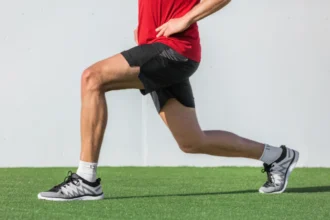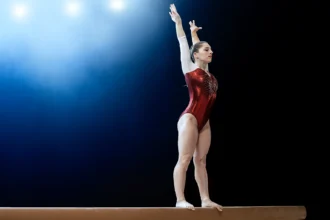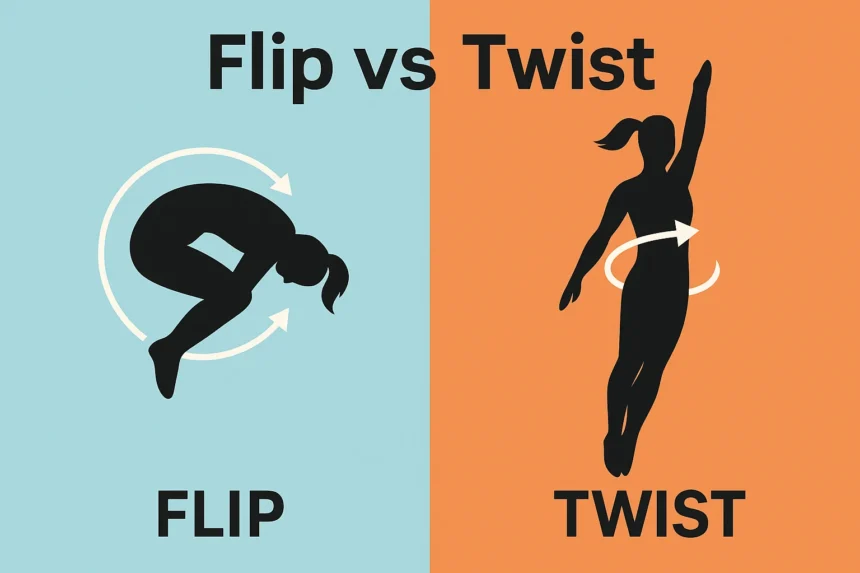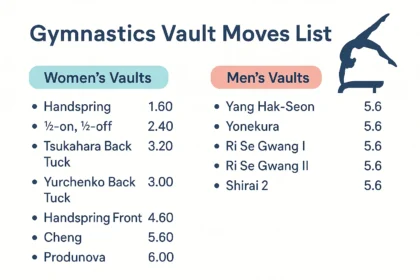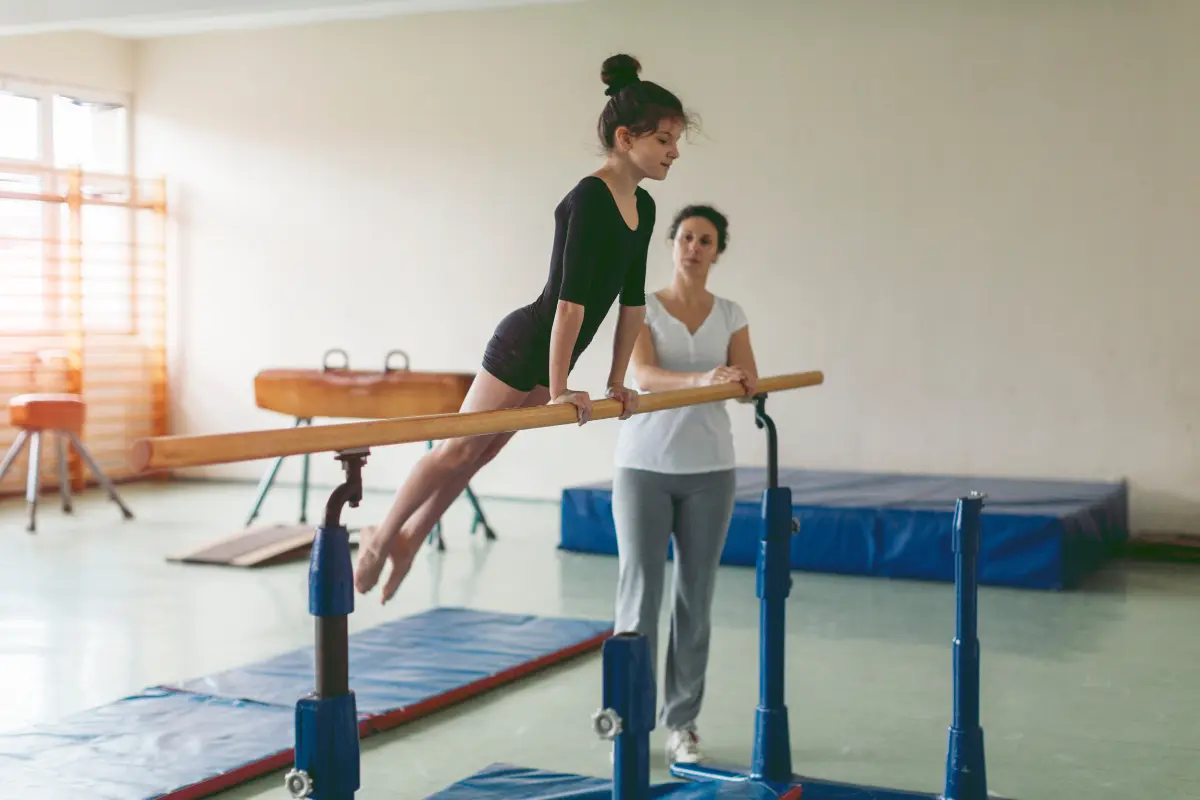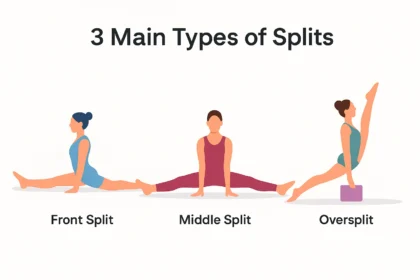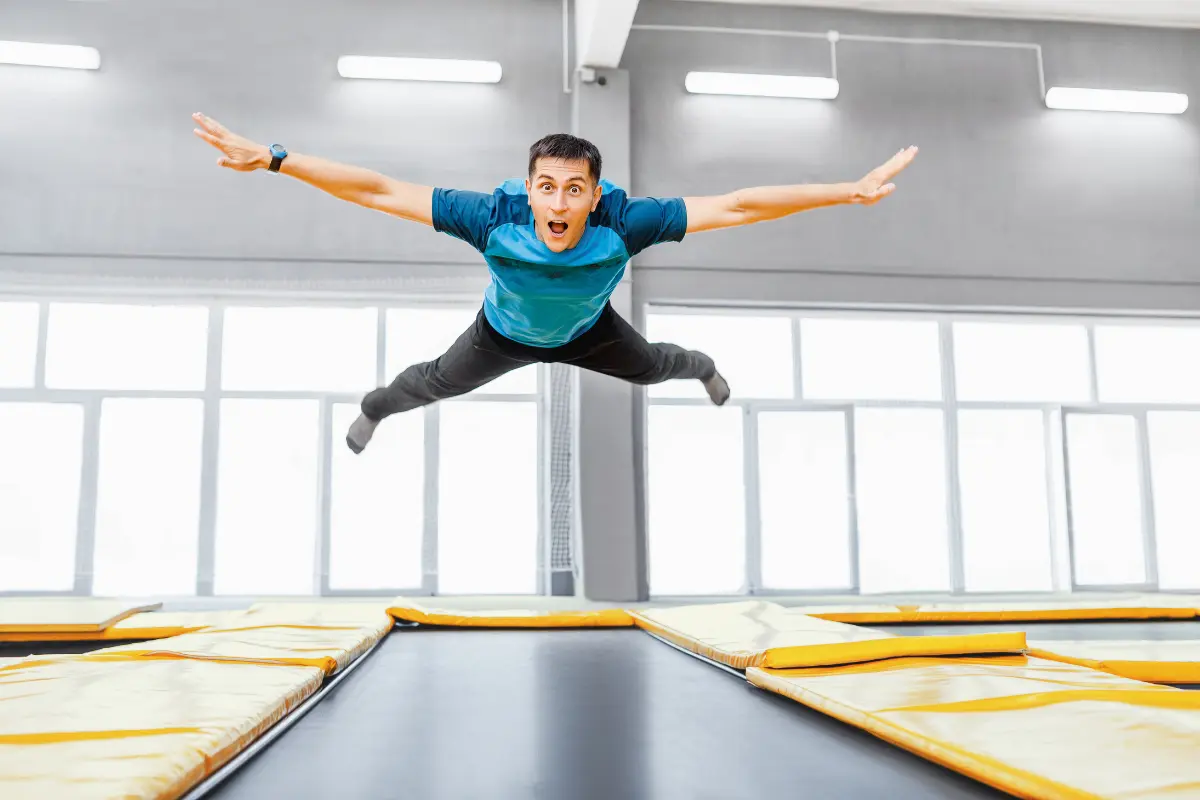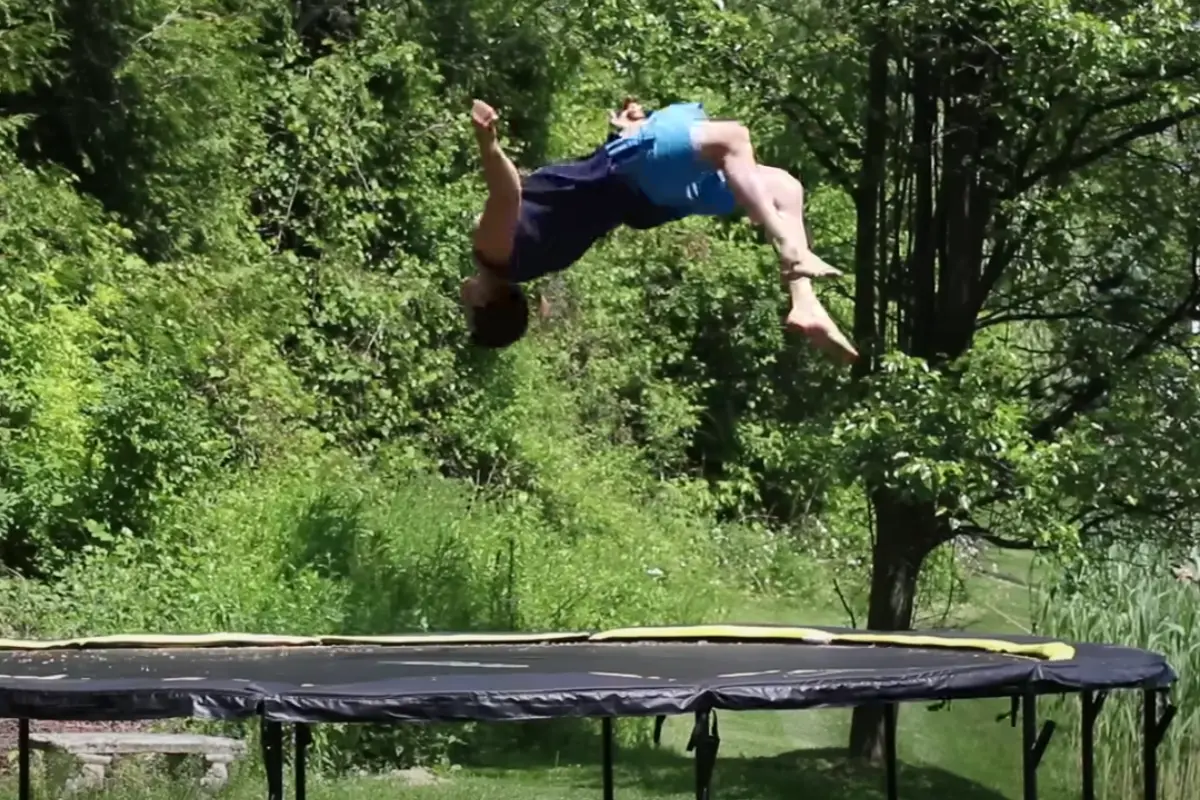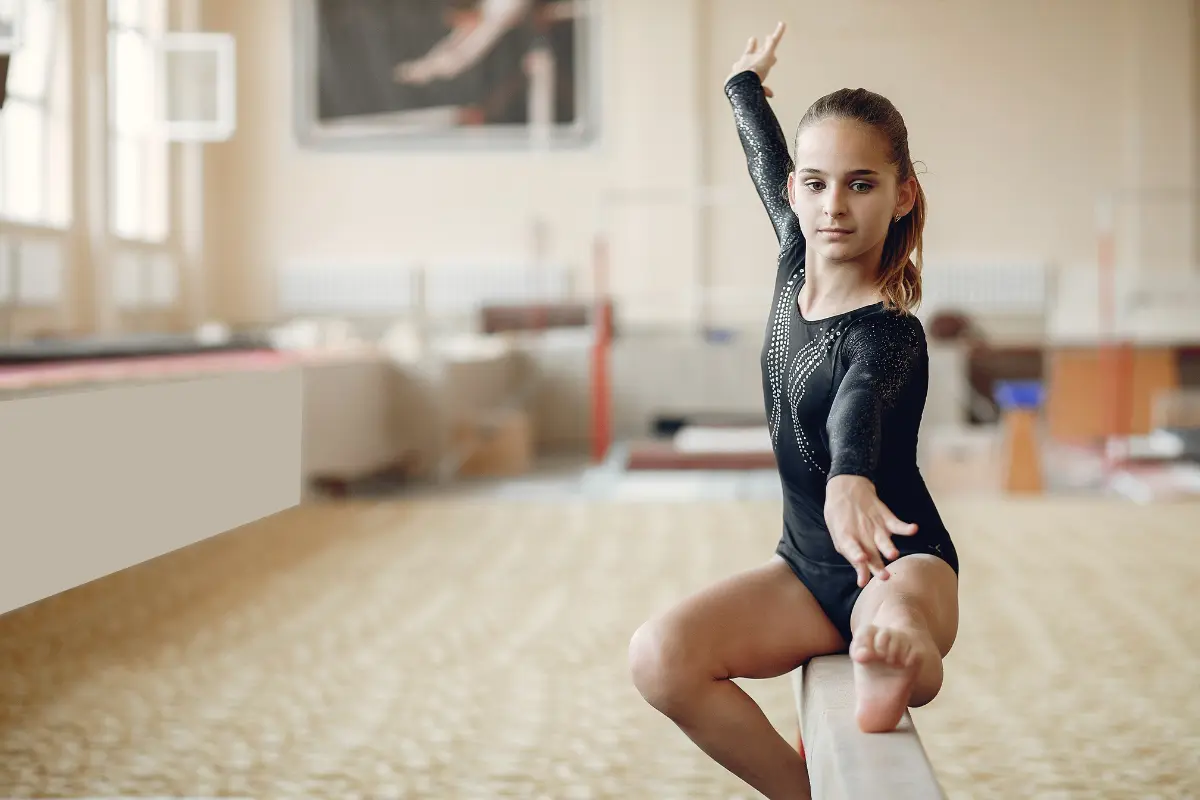In gymnastics, the terms flip (or salto) and twist both describe spectacular airborne moves—but they’re not the same thing. These two types of rotation differ not only in the axis they follow, but also in how they’re trained, judged, and combined in routines.
What Is a Flip?
A flip—officially called a salto—is a skill where the gymnast’s body rotates at least 360 degrees through the air. This rotation happens around the transverse axis, which runs side to side through the hips. In simpler terms, a flip is a somersault-like motion where the gymnast’s feet go over their head.
Gymnastics uses concise labels to describe flips:
- Back tuck – One backward flip in a tucked position
- Front pike – One forward flip with straight legs and bent hips
- Double layout – Two back flips in a fully extended body shape
- Arabian double front – Half twist into two front flips (usually tucked)
Forward vs. Backward Mechanics
Though both involve full-body rotation, forward and backward flips begin very differently:
- A forward flip starts with an aggressive block off the floor or springboard. The gymnast drives the chest upward while pushing through the shoulders to generate forward rotation.
- A backward flip begins with the hips rising first, while the head stays neutral. This delayed head movement is key for air awareness, allowing gymnasts to spot the landing just in time—a crucial safety and execution factor.
Body Shape & Scoring Value
The gymnast’s body shape during the flip significantly affects both rotation speed and difficulty value:
- Tuck – Knees pulled to the chest. This shortens the radius of rotation, allowing quicker flips—ideal for beginners or multi-rotation skills.
- Pike – Legs stay straight, but the hips are bent. A pike increases difficulty and slows the flip slightly.
- Layout (Stretched) – The body is fully extended. Layout flips are the most difficult to rotate and score the highest, requiring more angular momentum.
What Counts as a Twist?
A twist in gymnastics is any rotation around the longitudinal axis—the invisible line that runs from head to toe. Instead of flipping head over heels, the gymnast spins through the air like a corkscrew. Twists are measured in fractions of a full turn (360°), such as:
- ½ twist (180°)
- Full twist (360°)
- Double full (720°), and so on.
On floor, these are called exactly what they are: half, full, double-full, etc. On vault, though, twist counts often hide inside nicknames:
- Yurchenko full = 1 twist
- Amanar = 2½ twists
- Biles II = 3 twists
How Twists Actually Work
Twisting is one of the most technically complex movements in gymnastics—not only because it’s hard to execute, but because it usually happens during a flip, not before it.
Unlike flipping, you can’t push directly into a twist from the floor. Instead, gymnasts rely on airborne technique and body mechanics to start spinning mid-flight.
1. The Tilt Technique (Most Common)
The most widely used method is the tilt technique. While flipping, the gymnast shifts slightly off their central axis—by moving one arm differently or rotating the hips. This subtle tilt redirects some of the flipping momentum into a twist.
Mechanically, there are three ways to generate twist, but tilt is the one gymnasts use most. A small tilt during a somersault allows some of the flip’s rotation to transfer into a twisting motion.
2. Arm Movements and Twist Control
A classic cue: lower your right arm and raise your left during a forward flip, and you’ll initiate a leftward twist. These asymmetrical movements don’t just start the twist—they also help control the speed and direction during rotation.
3. Body Position Matters
Twisting works best in a layout (straight) body position. A long, straight body has a smaller moment of inertia in terms of twist, allowing faster and more efficient rotation. That’s why most twisting skills—like full-twisting layouts or vaults like the Amanar—use this shape: it maximizes both control and speed in the air.
One major challenge is that twisting often leads to a blind landing. Gymnasts don’t see the floor until the last second. Advanced tumblers learn to reopen their shoulders just before landing and spot the floor quickly to avoid execution deductions for wobbles or steps.
Flip vs. Twist: Key Differences at a Glance
| Feature | Flip (Salto) | Twist |
|---|---|---|
| Rotation Axis | Horizontal (front-to-back) | Vertical (head-to-toe) |
| Body Shapes Used | Tuck, Pike, Layout | Layout (most common) |
| Direction | Forward or Backward | Left or Right |
| Common Usage | Tumbling passes, dismounts | Added to flips, vaults, dismounts |
| Judging Focus | Height, shape, control, landing | Tightness, twist timing, landing |
| Typical Errors | Under-rotation, over-rotation | Off-axis spin, “twisties,” bent legs |
So, Which Is More Difficult?
It depends on context—but in general, flips are foundational, while twists add complexity to those flips.
Flips: The Building Blocks
Flips (saltos) are typically learned first. They demand:
- A strong block or rebound
- Core strength to rotate quickly
- Spatial awareness to land safely
Flipping in a tuck is relatively beginner-friendly. But flipping in a layout, especially with multiple rotations, becomes significantly harder—requiring explosive power and precise body control.
Typical difficulty. In the 2025–2028 WAG Code a back layout 1/1 on floor is a D-value, a double-twist is E, and a triple-twist is still E but earns a connection bonus when linked to another salto.
Twists: The Advanced Layer
Twists are usually added onto flips, increasing both the technical complexity and judging difficulty. A full twist inside a layout flip, for example, requires:
- Airborne control of a vertical rotation while flipping
- Sophisticated timing to initiate and stop the twist mid-flip
- Greater demand for air awareness and shoulder torque
Typical difficulty. A single back tuck earns an A; a double-back layout scores G on floor, while the Moors (double-double layout) weighs in at I—the toughest acrobatic rating available.
Source: flogymnastics.com
Most high-level acro combines both axes: a full-twisting double back, a triple-twist layout, or the Amanar vault (round-off ½-on, 2½-twisting layout off).
Let’s look at how skills are scored to compare difficulty in real numbers:
| Skill | Description | Difficulty Value |
|---|---|---|
| Back tuck | One flip, no twist | A (0.10) |
| Layout ½ twist | One flip, half twist | B (0.20) |
| Front layout full twist | One flip, full twist | D (0.40) |
| Double back tuck | Two flips, no twist | D (0.40) |
| Yurchenko layout full (vault) | One flip, one twist (vault) | 4.20 |
| Handspring double front | Two flips, no twist (vault) | 6.00 |
| Double-pike vault (no twist) | Two flips in pike position | 6.40 |
What This Means
- A basic twist (like a standing half twist) is easier than a full backflip.
- But a twisting flip (like a layout full or double full) is harder than a flip alone.
- Twists don’t replace flips—they build on them.
In elite gymnastics, the hardest skills combine both axes: multiple saltos and multiple twists—often performed in layout. That’s where true mastery shines.


